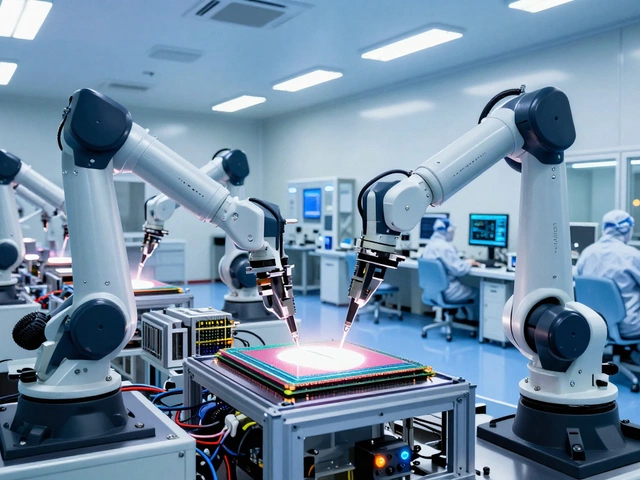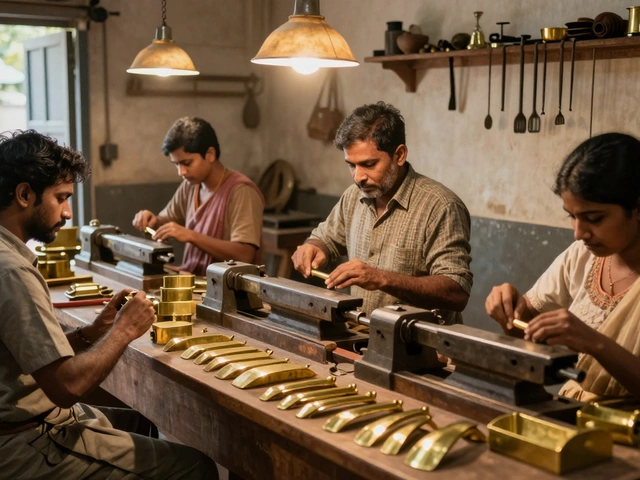IKEA Expansion – What It Means for the Furniture Industry
If you’ve noticed more IKEA stores popping up near you, you’re not alone. The Swedish giant is racing into new markets, and that push changes everything from design to supply chains. For anyone interested in furniture manufacturing, the ripple effects are huge – you get new buyers, tighter deadlines, and a bigger push for sustainable production.
Why IKEA Is Expanding Fast
IKEA’s growth plan hinges on three simple ideas: affordable design, flat‑pack convenience, and a strong online presence. By keeping prices low, the company attracts middle‑class shoppers in emerging economies. The flat‑pack model also cuts shipping costs, which means the firm can move more units with fewer trucks and less waste.
Another driver is the brand’s focus on sustainability. New stores come with promises to use recycled materials and renewable energy. That commitment forces suppliers to upgrade their processes, invest in greener tech, and meet stricter quality checks.
Opportunities for Indian Manufacturers
India’s furniture makers are feeling the buzz. With IKEA looking to source more locally, factories that can meet the flat‑pack standards stand to win big contracts. That means mastering precision cutting, lightweight packaging, and fast assembly line cycles.
If you’re exporting furniture from India to the U.S. or Europe, the IKEA wave can open new routes. Understanding customs paperwork, shipping options, and cost structures becomes critical. The good news? IKEA often bundles logistics support for its partners, so you can tap into their freight network for cheaper rates.
Local production also gets a boost. When IKEA sets up a store in a region, it often builds a nearby distribution hub. Indian manufacturers close to that hub can reduce travel time, lower fuel costs, and respond quicker to inventory demands.
But there are challenges. Meeting IKEA’s quality benchmarks means investing in better machinery and training workers on new methods. Smaller workshops may need to team up with larger firms to share resources and meet volume requirements.
Looking ahead, the trend points toward smarter factories. Automation, IoT sensors, and data‑driven inventory systems help keep costs down while maintaining the speed IKEA expects. Companies that adopt these tools early will find themselves at the front of the supplier queue.
In short, IKEA’s expansion is more than just new store openings. It reshapes how furniture is designed, built, and shipped worldwide. For Indian manufacturers, the move offers a chance to grow, modernize, and reach customers far beyond the local market. Stay agile, invest wisely, and you could be part of the next wave of affordable, sustainable home furniture.
Why is IKEA Only Present in Hyderabad?
IKEA's unique presence in Hyderabad raises curiosity among Indian consumers. This article explores the reasons behind this strategic choice, including market testing and logistical advantages. We delve into the impact on local markets and whether expansion to other cities is on the horizon. Read on to discover the potential benefits of IKEA's approach and what it means for the future of furniture in India.
Read More




